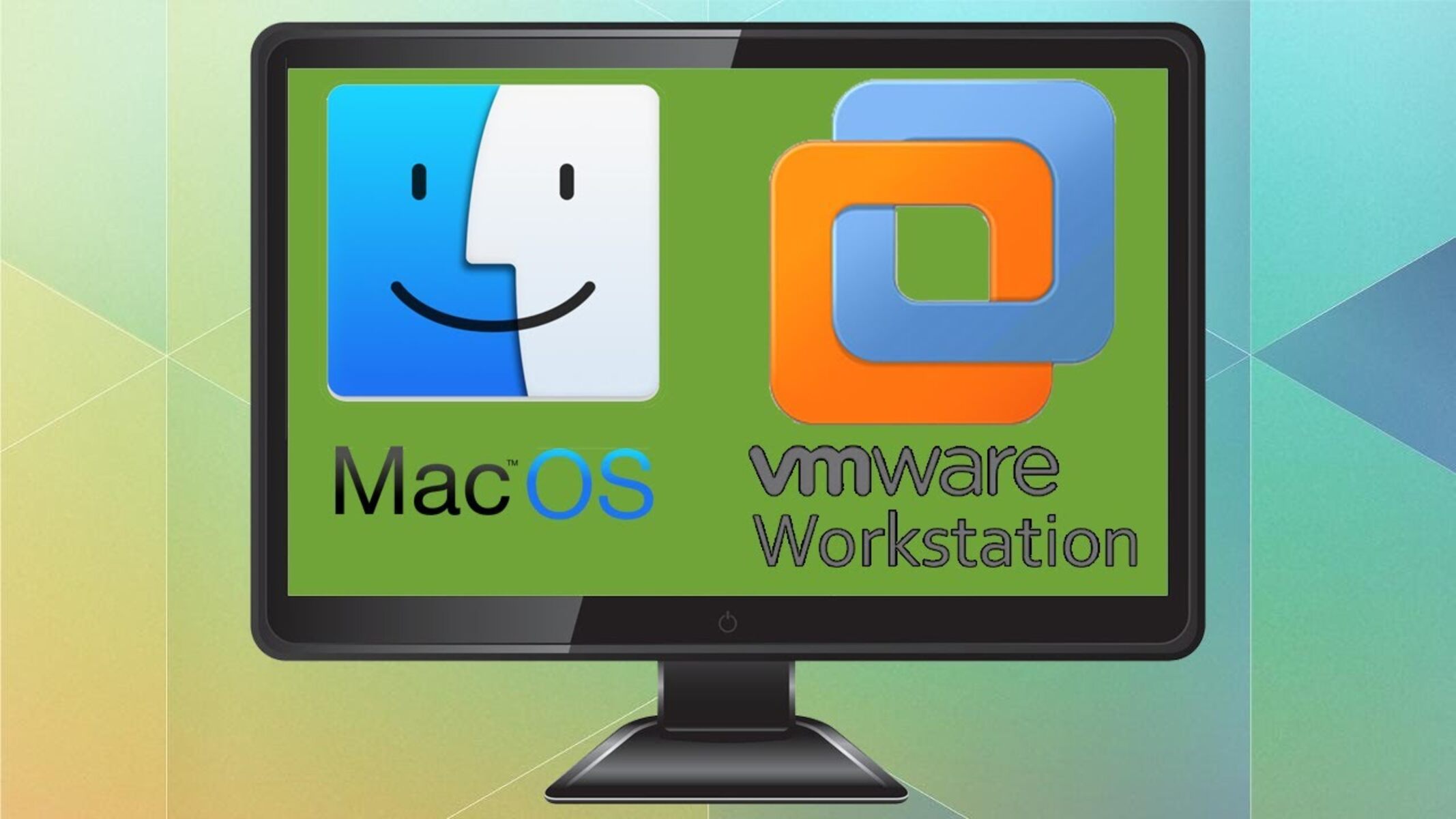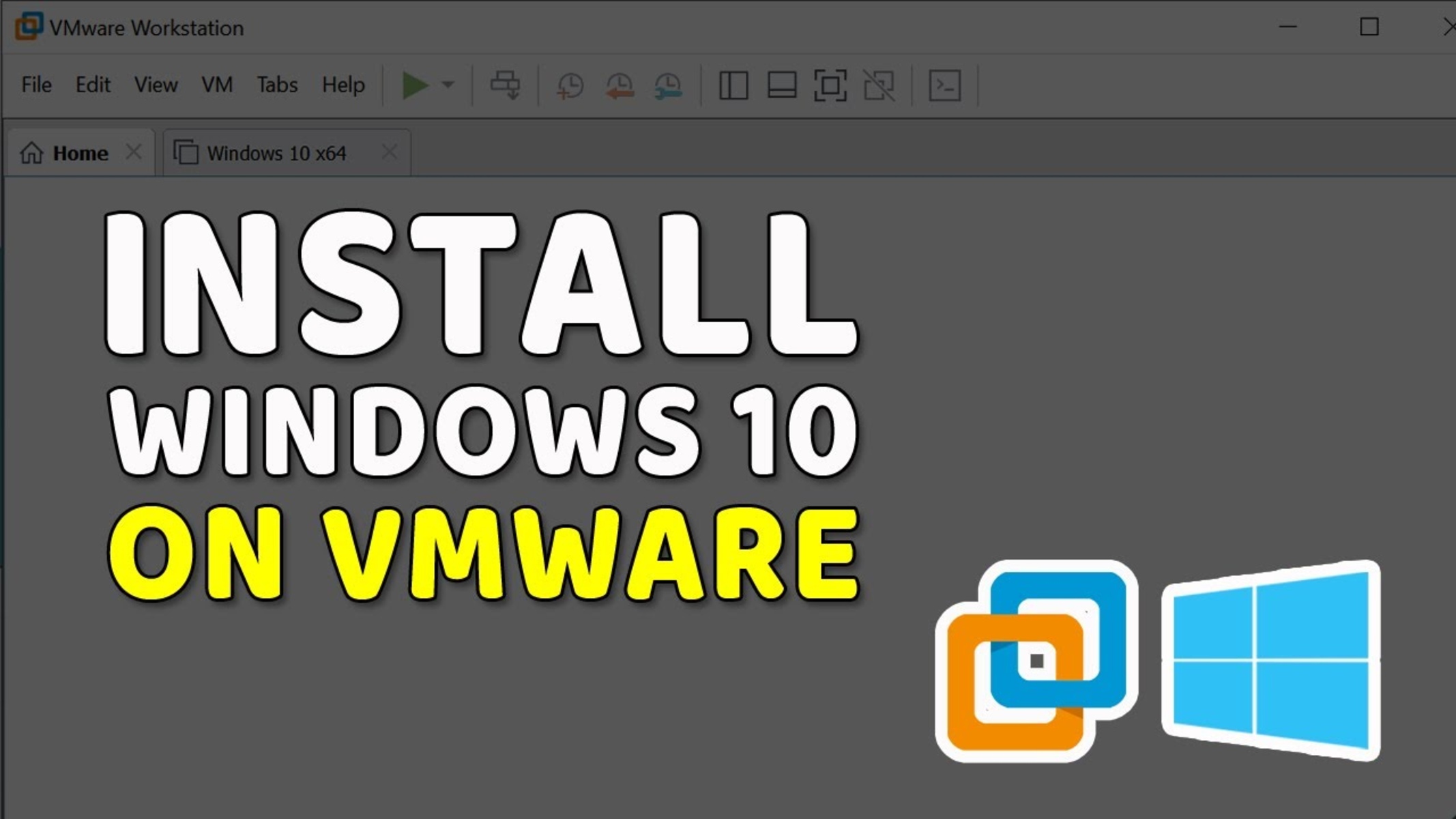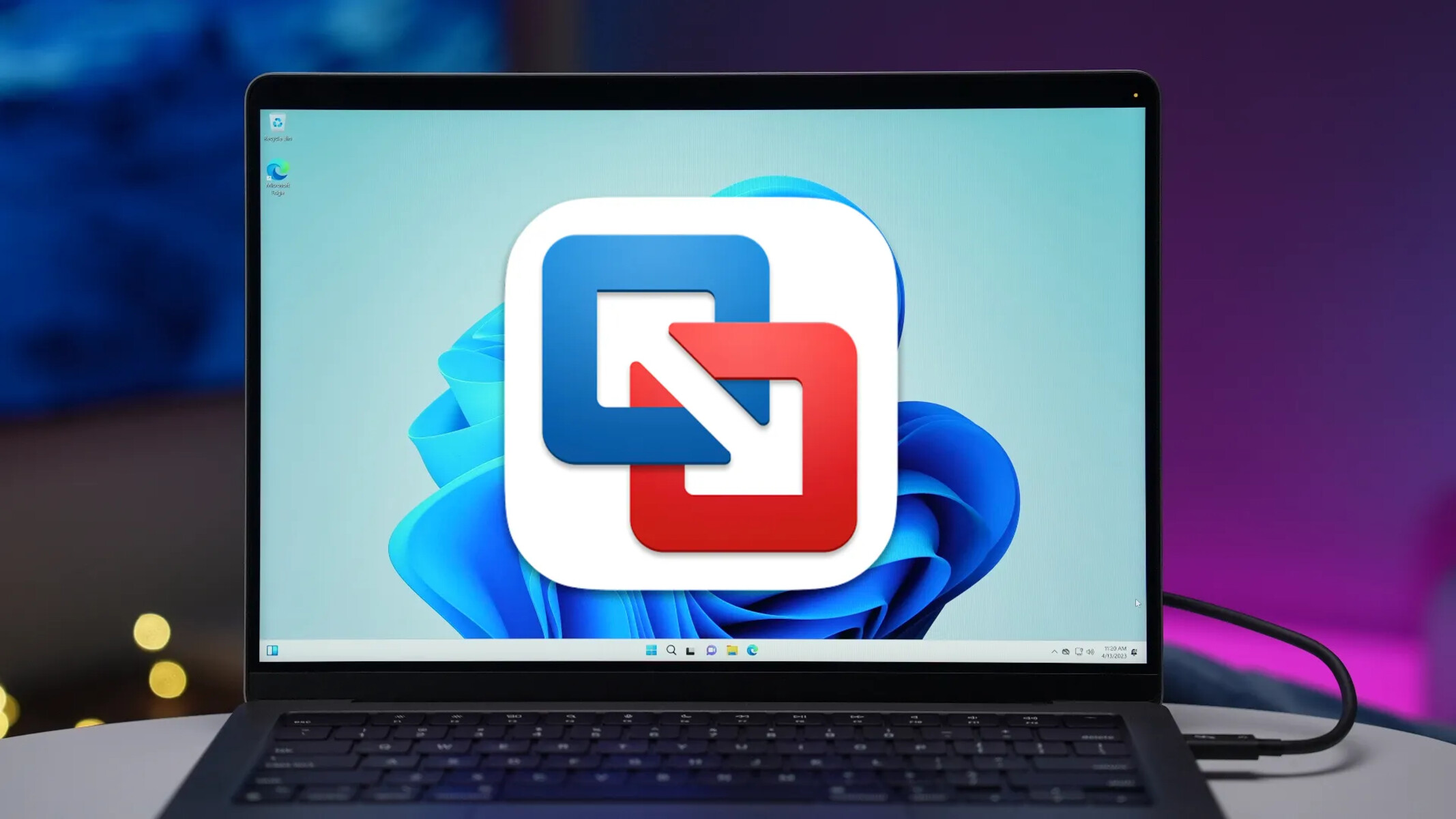Introduction
Welcome to the world of virtualization! In today’s rapidly evolving technology landscape, virtual machines have become an indispensable tool for businesses and individuals alike. These virtual machines provide a flexible and efficient way to run multiple operating systems and applications on a single physical server.
When working with virtual machines, it’s crucial to understand the concept of snapshots. A snapshot is a point-in-time copy of a virtual machine’s state, including its disk, memory, and other configurations. It allows you to capture the current state of a virtual machine and revert back to it whenever needed.
Snapshots play a vital role in ensuring data integrity, simplifying backup and recovery processes, and facilitating testing and development scenarios. Whether you’re a system administrator, a developer, or an IT enthusiast, having a solid understanding of snapshots is essential for efficient, reliable, and safe virtual machine management.
In this article, we will delve into the world of virtual machine snapshots, exploring their definition, benefits, drawbacks, and best practices. By the end, you’ll have a comprehensive understanding of how snapshots work and the considerations involved in their usage.
Definition of a Snapshot of a Virtual Machine
A snapshot of a virtual machine is like taking a snapshot with a digital camera – it captures the current state of the virtual machine at a specific point in time. It’s a record of the virtual machine’s disk, memory, and other configurations, allowing you to revert back to that exact state whenever necessary.
Think of a snapshot as a freeze-frame of your virtual machine’s state. It captures the content of all the virtual machine’s files, including the virtual disks, memory, and various settings. This frozen state is then stored separately from the original virtual machine, effectively creating a copy of the virtual machine in its current state.
One important aspect to note is that a snapshot is not a full backup of a virtual machine. It is only a point-in-time representation of that specific moment. While a snapshot can facilitate quick rollbacks or cloning, it does not provide the same level of data integrity and reliability as a proper backup solution.
Snapshots are often used in virtual machine environments to save the current state before performing critical or potentially risky operations. For example, when updating software or making configuration changes, taking a snapshot ensures that you have a backup plan if something goes wrong.
Furthermore, snapshots can be particularly useful for testing and development environments. They allow you to create a stable base state that you can restore to after making changes or testing different configurations. By utilizing snapshots, you can easily revert to a known-good state and streamline your testing processes.
Why are Snapshots Important?
Snapshots are crucial in virtual machine management for a variety of reasons. Let’s explore some of the key reasons why snapshots are important:
Data Protection: Snapshots serve as a safety net for your virtual machines. They provide a convenient way to protect your data by capturing the current state of the virtual machine. If a software update causes issues, a critical configuration change goes wrong, or data gets corrupted, you can easily revert back to a snapshot and restore your virtual machine to a known-good state.
Faster Recovery: When a problem occurs, such as a system crash or a failed software upgrade, reverting to a snapshot can significantly reduce downtime. Instead of troubleshooting and fixing the issue manually, you can simply roll back to the snapshot, restoring the virtual machine to its previous state almost instantly. This saves you time, effort, and potential frustration.
Testing and Development: Snapshots are immensely valuable in testing and development environments. They allow you to experiment with different configurations, installation of software, and changes without the risk of damaging your original setup. If something goes wrong during testing or development, you can easily revert to a snapshot and start fresh, ensuring that your environment remains stable and consistent.
Efficient Resource Management: Snapshots help optimize resource utilization within virtual machine environments. Instead of creating full backups, which can be time-consuming and resource-intensive, you can take snapshots at regular intervals. By capturing only the changes made since the previous snapshot, you can significantly reduce storage requirements and improve overall efficiency.
Version Control: Another benefit of using snapshots is the ability to create different versions of a virtual machine. With each snapshot representing a specific point in time, you can keep track of different versions of your virtual machine as you make changes or implement updates. This enables you to experiment, roll back, or compare different configurations easily.
Overall, snapshots provide flexibility, data protection, and facilitate efficient virtual machine management. By leveraging snapshots effectively, you can ensure the integrity of your data, streamline your testing and development processes, and minimize the impact of potential issues or failures.
How Does a Snapshot Work?
Understanding the inner workings of snapshots is key to effectively utilizing them in your virtual machine management. Let’s take a closer look at how snapshots work:
When you take a snapshot of a virtual machine, the hypervisor captures the current state of the virtual machine at that specific moment. It creates a point-in-time reference that includes the virtual machine’s disk, memory, and other configurations, depending on the snapshot type.
There are two main types of snapshots: memory snapshot and disk snapshot. A memory snapshot saves the virtual machine’s memory state, allowing you to capture the entire system’s state, including running applications and active processes. On the other hand, a disk snapshot captures the virtual machine’s disk state, including the file system, settings, and data.
Whether you choose a memory snapshot, a disk snapshot, or both, the snapshot process doesn’t interrupt the virtual machine’s operation. It freezes the current state, essentially creating a point-in-time snapshot while allowing the virtual machine to continue running normally.
Once the snapshot is taken, any subsequent changes made to the virtual machine are stored separately from the original disk or memory state. These changes are saved in a separate file called a delta file or differencing disk. The delta file contains the differences between the current state and the snapshot state, allowing the virtual machine to continue functioning without affecting the snapshot itself.
This separation between the snapshot and the delta file allows you to revert back to the snapshot at any time. When you restore a snapshot, the virtual machine’s disk or memory state is rolled back to the snapshot’s point-in-time, effectively discarding any changes made after the snapshot was taken.
It’s worth noting that snapshots should not be maintained indefinitely. Over time, the delta files can accumulate and start to consume significant amounts of storage. To avoid excessive storage usage, it’s recommended to periodically consolidate or delete older snapshots that are no longer needed.
Overall, snapshots offer a non-disruptive way to capture the state of your virtual machines, allowing you to roll back to a previous point if needed. By understanding how snapshots work, you can leverage their capabilities to ensure data integrity, streamline testing and development, and simplify virtual machine management.
Benefits of Using Snapshots
Utilizing snapshots in your virtual machine management offers several significant benefits. Let’s explore some of the advantages of using snapshots:
Data Recovery: One of the primary benefits of snapshots is the ability to recover your virtual machines quickly. If a software update causes issues or a critical change goes wrong, you can revert back to a previous snapshot, effectively undoing any changes made since then. This simplifies the recovery process and minimizes downtime.
Testing and Development: Snapshots are invaluable in testing and development environments. They allow you to create a stable starting point to experiment with different configurations or software installations. If anything goes wrong during testing, you can easily roll back to the snapshot and start fresh, saving time and effort.
Version Control: With snapshots, you can effectively manage and control different versions of your virtual machines. Each snapshot captures a specific point in time, allowing you to keep track of different configurations or changes made over time. This enables easy comparison of different versions and simplifies version control processes.
Efficient Resource Management: Snapshots optimize resource utilization by capturing only the changes made since the previous snapshot. This reduces the storage requirements and improves efficiency when compared to traditional full backups. Snapshots also make it easier to restore individual files or applications without needing to restore the entire virtual machine.
Backup Complement: While snapshots are not a replacement for proper backups, they can be used as a complement to enhance your overall backup strategy. You can take regular snapshots as a form of data protection, providing an additional layer of security against accidental data loss or corruption.
Rapid Deployments and Rollbacks: Snapshots allow for quick deployment of new virtual machines by cloning existing snapshots. Instead of starting from scratch, you can create new virtual machines based on a snapshot, saving time and effort. Additionally, if changes need to be undone, you can effortlessly roll back to a previous snapshot, avoiding the need for manual reconfigurations.
By leveraging the benefits of snapshots, you can enhance your virtual machine management practices, improve data recovery capabilities, streamline testing and development, and optimize resource utilization. Snapshots provide a valuable tool for ensuring data integrity, quick rollbacks, and efficient version control.
Drawbacks of Using Snapshots
While snapshots offer numerous benefits, it’s essential to be aware of their drawbacks and limitations. Understanding these drawbacks will help you make informed decisions and minimize potential issues when working with snapshots. Here are some of the key drawbacks of using snapshots:
Increased Storage Consumption: Snapshots consume additional storage space. As you take more snapshots or make changes to the virtual machine after taking a snapshot, the delta files or differencing disks continue to grow. Over time, this can lead to increased storage consumption, especially if you have a large number of virtual machines or frequently update them.
Performance Impact: Having multiple snapshots or large delta files can impact the performance of your virtual machines. The increased storage requirements and the overhead of managing the snapshot infrastructure can lead to slower read and write operations, resulting in decreased overall performance. Monitoring and managing the snapshot storage usage is crucial to maintain optimal performance.
Complexity and Increased Management Effort: Snapshots introduce additional complexity to virtual machine management. Managing a large number of snapshots and their associated delta files can become challenging and time-consuming. Proper snapshot management, including regular consolidation or deletion of outdated snapshots, is necessary to prevent storage issues and maintain an efficient environment.
Data Integrity Risks: Snapshots may introduce potential risks to data integrity. When snapshotting a virtual machine, any changes made to the virtual machine’s disks are redirected to the delta files. If there is a failure or corruption in the snapshot infrastructure or storage, it could lead to data loss or inconsistencies. Ensuring the reliability and integrity of your snapshot environment is essential to mitigate these risks.
Not a Substitute for Backups: It’s important to understand that snapshots are not a replacement for proper backups. Snapshots capture the state of a virtual machine at a specific time but do not guarantee a complete backup of all system and data files. For long-term data protection and recovery, implementing a robust backup solution that complements snapshots is crucial.
Despite these drawbacks, snapshots are still a valuable tool in virtual machine management. By understanding the limitations and implementing best practices for snapshot usage and management, you can mitigate these drawbacks and leverage snapshots effectively for data protection, testing, and rapid deployments.
Best Practices for Working with Snapshots
Snapshots can be a powerful tool when used correctly. To ensure optimal performance and data integrity, it’s important to follow best practices for working with snapshots. Here are some key guidelines to consider:
Use Snapshots Sparingly: Snapshots are not meant to be a long-term solution. Use them for short-term needs such as software updates, configuration changes, or testing purposes. Regularly delete or consolidate unnecessary snapshots to prevent excessive storage consumption and performance degradation.
Plan for Sufficient Storage: Snapshots require additional storage space to store the delta files. Ensure that you have enough available storage to accommodate the growth of these files. Monitor storage usage regularly to avoid running out of space and impacting the performance of your virtual machines.
Monitor Snapshot Age: Keep track of the age of your snapshots. Older snapshots are more likely to have larger delta files and can take longer to restore. Be mindful of the impact of snapshot age on performance and recovery time, and consider deleting or consolidating older snapshots when they are no longer needed.
Regularly Test Snapshots: It’s important to periodically test your snapshots to ensure they are functioning correctly. Test the process of restoring a snapshot and verify that the virtual machine is returned to the desired state. This will help you identify any issues or inconsistencies early on and ensure the reliability of your snapshot infrastructure.
Combine Snapshots with Backups: Remember that snapshots are not a substitute for proper backups. Implement a comprehensive backup strategy that includes regular backups of your virtual machine data. Snapshots can complement backups by providing a quick recovery option, but backups ensure long-term data protection and disaster recovery capabilities.
Document Snapshot Usage: Keep a record of when and why you took each snapshot. This documentation will help you track changes, understand the purpose of each snapshot, and assist in making informed decisions regarding snapshot retention or deletion.
Train and Educate Users: If you have multiple users or teams managing virtual machines, provide proper training on snapshot usage, best practices, and limitations. Educate users about the impact of snapshots on storage, performance, and data integrity to ensure responsible usage and maintenance.
Regularly Review and Update Snapshot Policies: As your virtual environment evolves, periodically review and update your snapshot policies. Consider changes in storage requirements, performance needs, and backup strategies. Adjust your snapshot practices accordingly to align with your evolving infrastructure and business requirements.
By following these best practices, you can maximize the benefits of using snapshots while minimizing the potential pitfalls. Well-managed snapshots will provide you with the flexibility, data protection, and efficiency needed to effectively manage your virtual machine environment.
Conclusion
Snapshots play a crucial role in virtual machine management, providing a convenient and efficient way to capture and restore the state of a virtual machine. They offer several benefits, including data protection, faster recovery, streamlined testing and development, efficient resource management, version control, and rapid deployments.
However, it’s important to be aware of the drawbacks of using snapshots, such as increased storage consumption, performance impact, added complexity, potential data integrity risks, and the fact that snapshots are not a substitute for backups. By understanding these limitations and following best practices, you can effectively harness the power of snapshots while mitigating their drawbacks.
Key best practices include using snapshots sparingly, planning for sufficient storage, monitoring snapshot age, regularly testing snapshots, combining snapshots with backups, documenting snapshot usage, training users, and regularly reviewing and updating snapshot policies.
Remember, snapshots should be part of a comprehensive virtual machine management strategy that also includes backups and other data protection measures. By utilizing snapshots in conjunction with proper backup solutions, you can ensure the integrity and availability of your virtual machine data.
In conclusion, snapshots are a valuable tool for virtual machine administrators, developers, and IT professionals. When used judiciously and in accordance with best practices, snapshots can enhance data protection, simplify recovery processes, accelerate testing and development, optimize resource utilization, and enable efficient version control. Incorporate snapshots into your virtual machine management practices, and you’ll reap their benefits while minimizing their limitations.

























